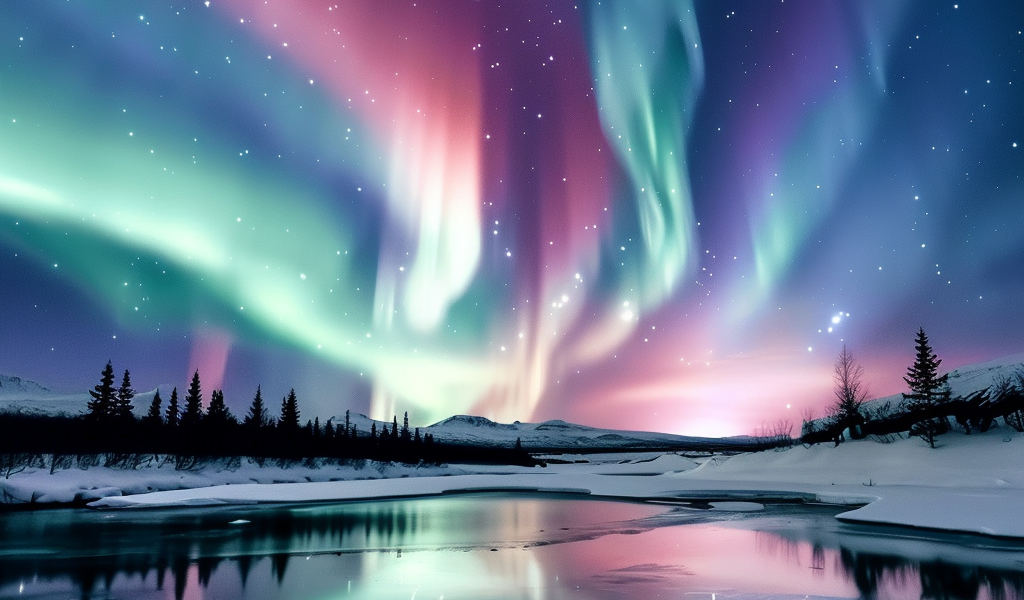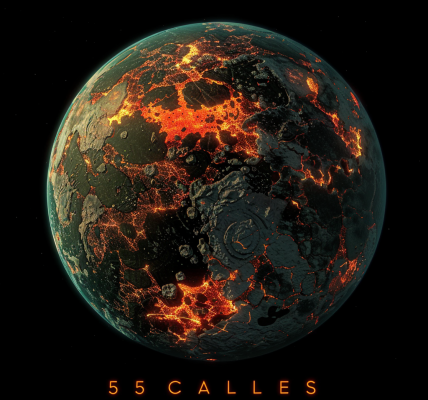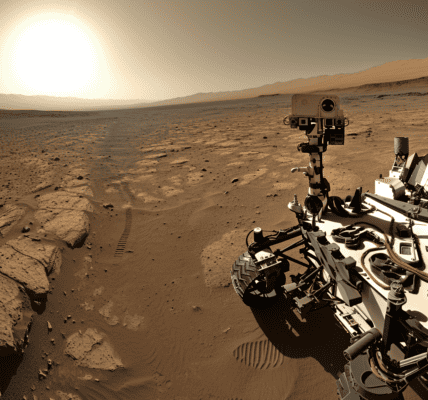The mesmerizing phenomenon of the aurora borealis, commonly referred to as the Northern Lights, is set to captivate skywatchers across the United States for the next two years, according to recent scientific findings. A significant solar event that occurred from May 10 to 12, identified as a solar “superstorm,” has altered the Earth’s atmosphere in unprecedented ways, leading to this exciting prediction.
Researchers investigating the G5-rated geomagnetic storm, one of the most powerful in the last two decades, have unveiled insights into how this solar activity has influenced our planet’s upper atmosphere. Scott England, an associate professor at Virginia Tech and co-author of two recently published studies in the journal Geophysical Research Letters, emphasized the importance of understanding geomagnetic storms to enhance predictive models of their effects.
“One reason we study geomagnetic storms is to try and build models to predict their impacts,” England stated. He further elaborated that the conditions observed this year, driven by the solar cycle, are expected to persist for approximately two more years, promising extended opportunities for aurora viewing.
The auroras are visual spectacles created when energetic, charged particles from the sun collide with the Earth’s upper atmosphere. During the recent geomagnetic storm, researchers utilized NASA’s GOLD satellite to analyze alterations in the ionosphere, a layer of the atmosphere that ranges from 50 to 400 miles above the Earth. This region is electrically charged by solar radiation and plays a crucial role in satellite communications and navigation.
As England explained, the heightened activity during solar storms leads to an influx of charged particles, resulting in a more intense and widespread display of the Northern Lights. “During solar geomagnetic storms, there’s a lot more of these energetic charged particles in the space around Earth, so we see a brightening of the northern lights, and the region over which you can see them spreads out to include places like the lower 48 states that usually don’t see this display,” he noted.
One of the most intriguing observations made during the research was the emergence of large-scale atmospheric vortices, comparable in size to hurricanes. The data collected from the GOLD satellite revealed that during the solar storm, air moved away from the aurora, creating spiraling vortices that extended beyond typical dimensions. This movement of low-energy charged particles from the equator towards the aurora is significant, as it may have adverse effects on GPS systems, satellites, and even the electrical grid.
According to England, the changes in temperature and pressure associated with the auroras contribute to these phenomena. “As the aurora intensifies, you see more lights, but along with that, there’s more energy entering the atmosphere, which makes the atmosphere near the poles very hot, pushing air away from the poles and towards the equator,” he explained.
The implications of these atmospheric changes extend to the satellites that orbit within this region. The upper atmosphere and ionosphere are in a constant state of flux, expanding during the day and contracting at night. NASA has been actively studying these variations, particularly during the month of April, to better understand how such fluctuations can impact satellite operations and communications.
As the Northern Lights continue to enchant observers, the scientific community remains focused on unraveling the complexities of geomagnetic storms and their effects on our planet. With predictions of increased auroral activity over the next two years, skywatchers are encouraged to keep their eyes on the night sky for this natural wonder.
In summary, the recent solar superstorm has not only provided a stunning display of the aurora borealis but has also opened new avenues for scientific research into the dynamics of the Earth’s atmosphere. As we look forward to the coming years, the potential for witnessing the Northern Lights in new regions offers an exciting opportunity for both amateur and seasoned astronomers alike.





